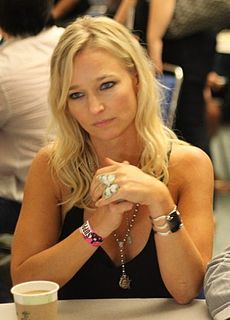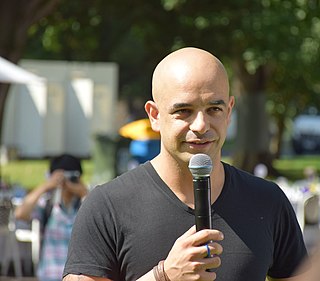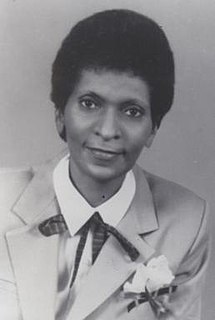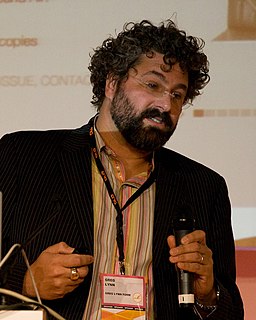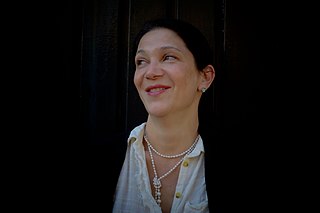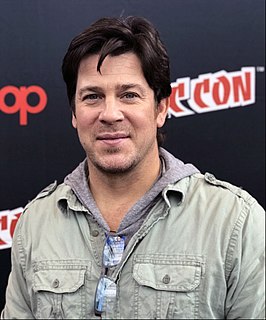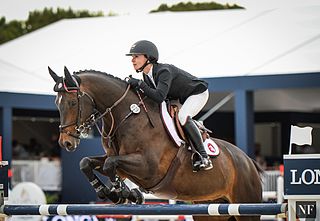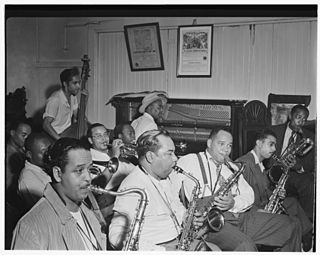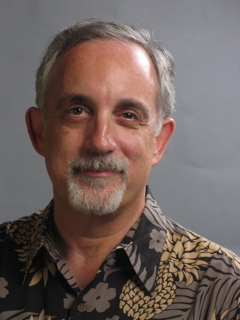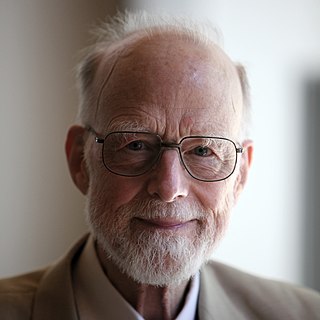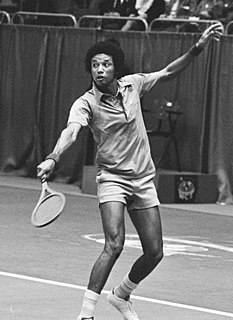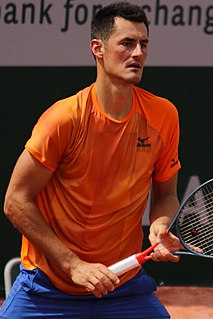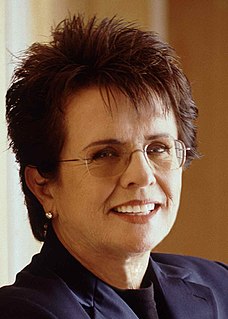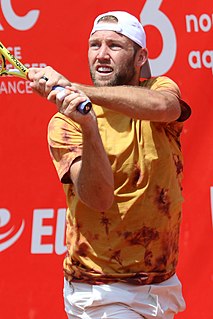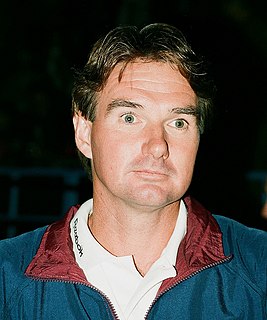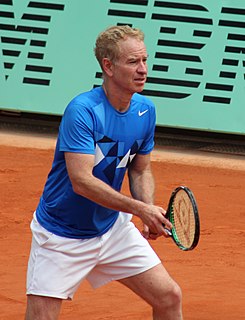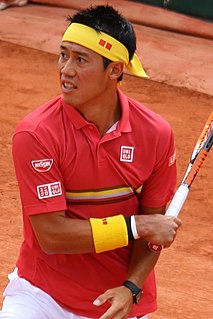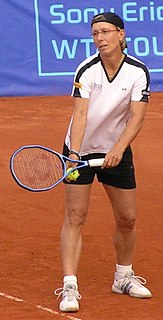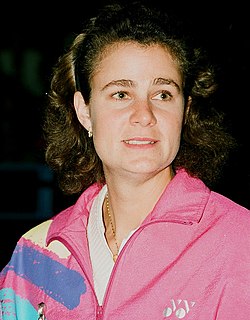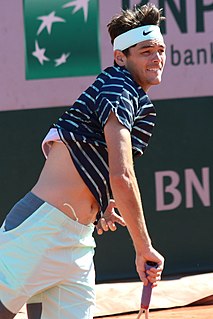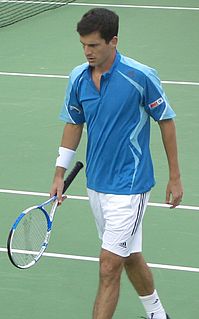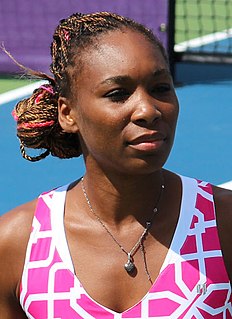A Quote by Mardy Fish
We tracked every single thing that I ate and calculated everything on a computer program called NutriTiming. It wasn't always easy and certainly wasn't always fun.
Related Quotes
I guess the wildcard here is Terrence Malick. He supervised me while I was writing the script for Beautiful Country, and he is a genius, although not always easy to follow. What I learned from him is that the narrative can be tracked through all kinds of scenes, that the strong narrative thread is not always the one that is most obvious. Creating narrative with Malick was a bit like chasing a butterfly through a jungle. This approach to narrative is fun and complicated, something that makes the process of writing constantly interesting to this writer.
That was cool, getting to work with Ryan Gosling. I knew he was going to be a huge star after I saw him in that Showtime thing that he did when he was really young [The Believer]. I think the most fun thing about that was I'd never seen somebody that had so many questions about the specifics of everything: where you ate, how much you ate, how much you drank. He's very special.
The fun of the game is right now. A lot of people don't really realize that. They think you have to get to the top to start having fun, and it's not. It's the journey getting to the top where everything is always great. I'm on the 'Ferris Bueller' thing where I look around every once in a while so I don't miss it.
What is the central core of the subject [computer science]? What is it that distinguishes it from the separate subjects with which it is related? What is the linking thread which gathers these disparate branches into a single discipline. My answer to these questions is simple -it is the art of programming a computer. It is the art of designing efficient and elegant methods of getting a computer to solve problems, theoretical or practical, small or large, simple or complex. It is the art of translating this design into an effective and accurate computer program.

